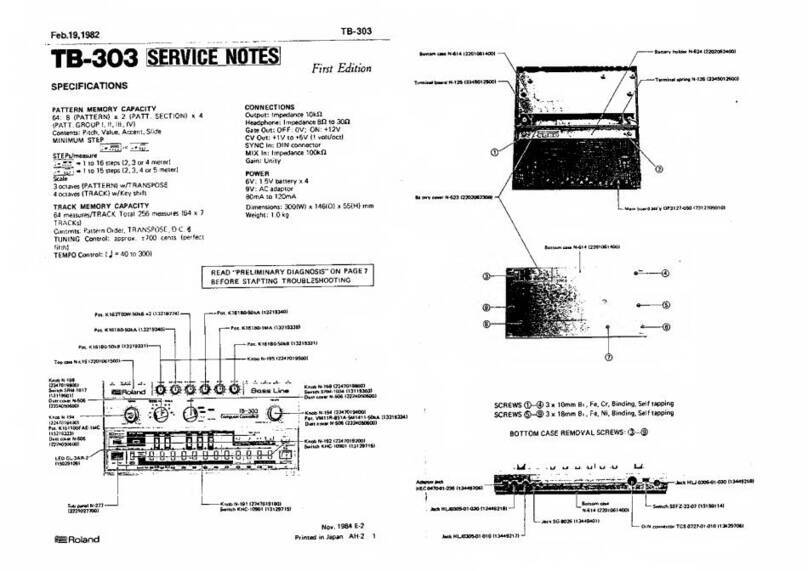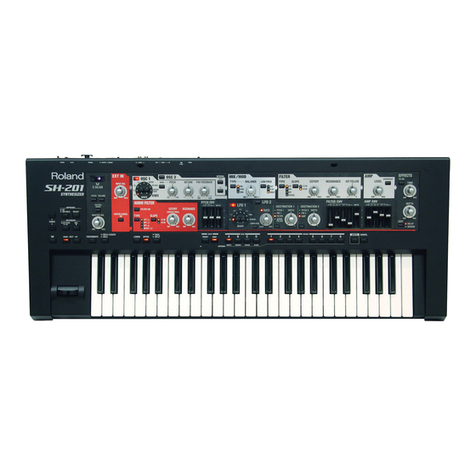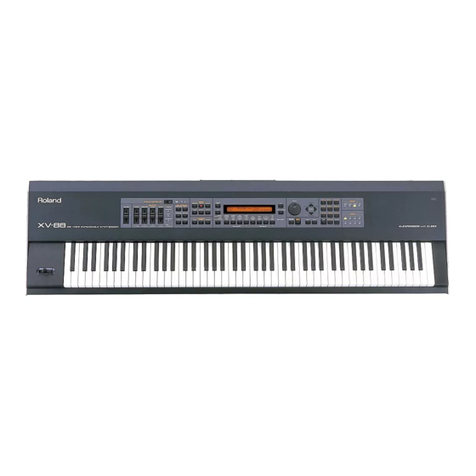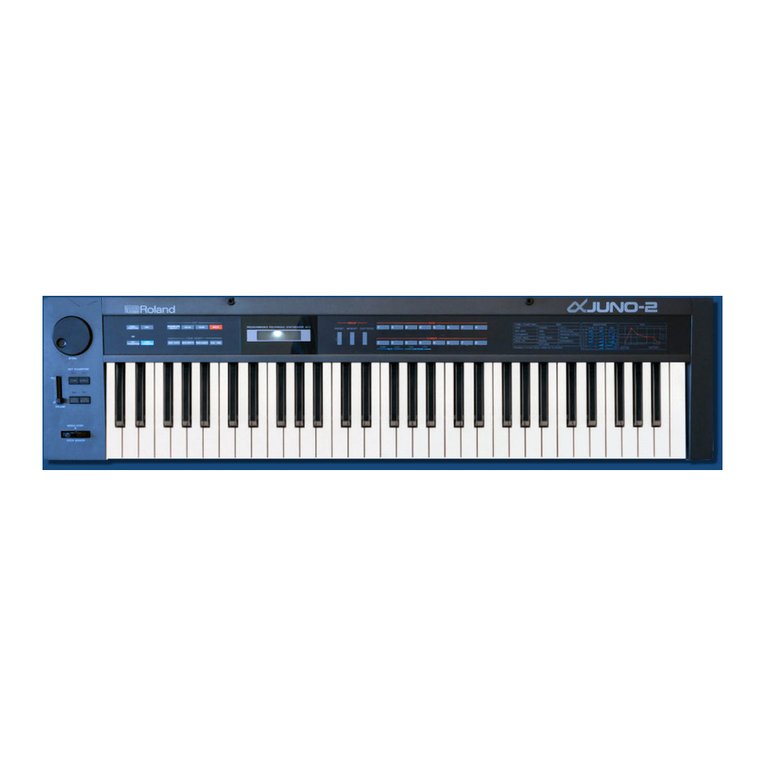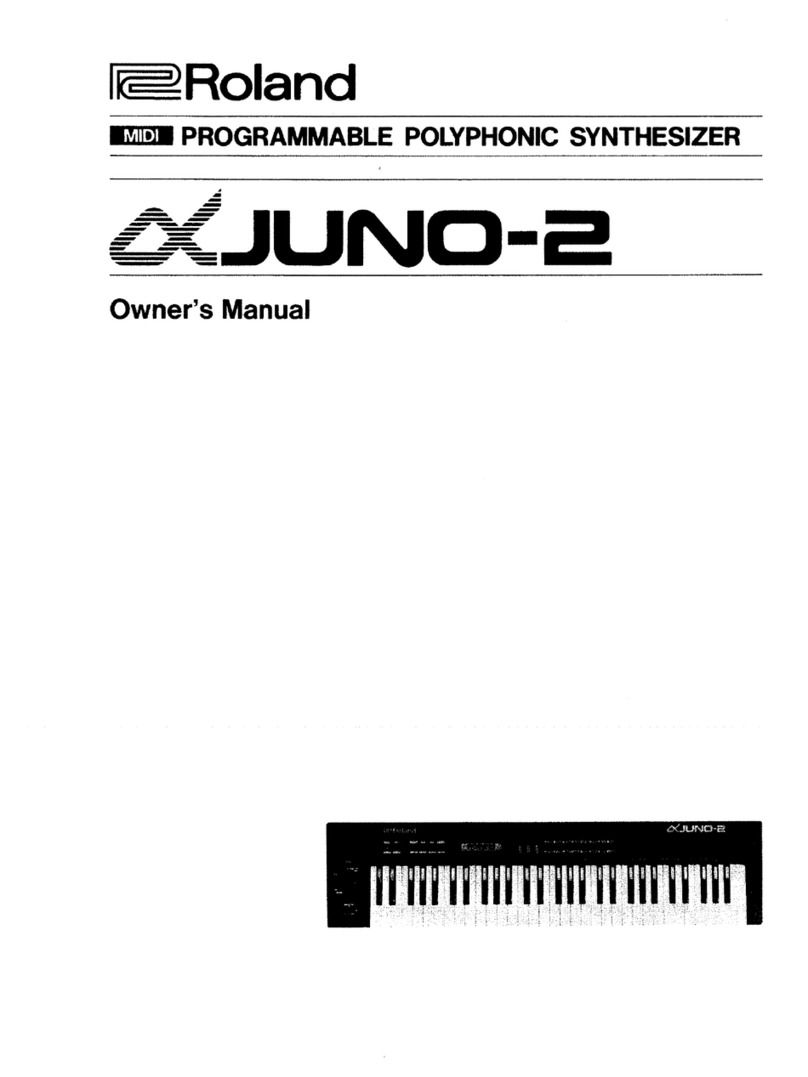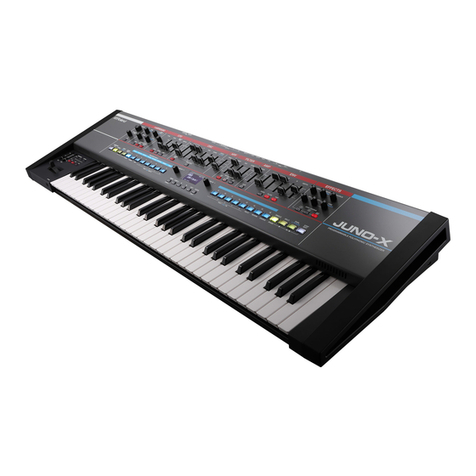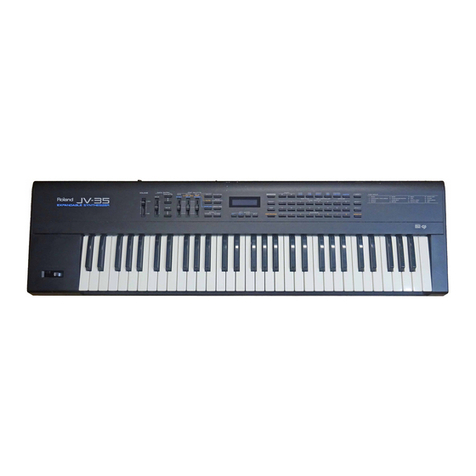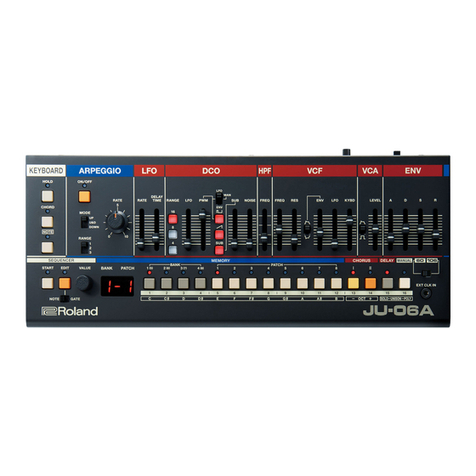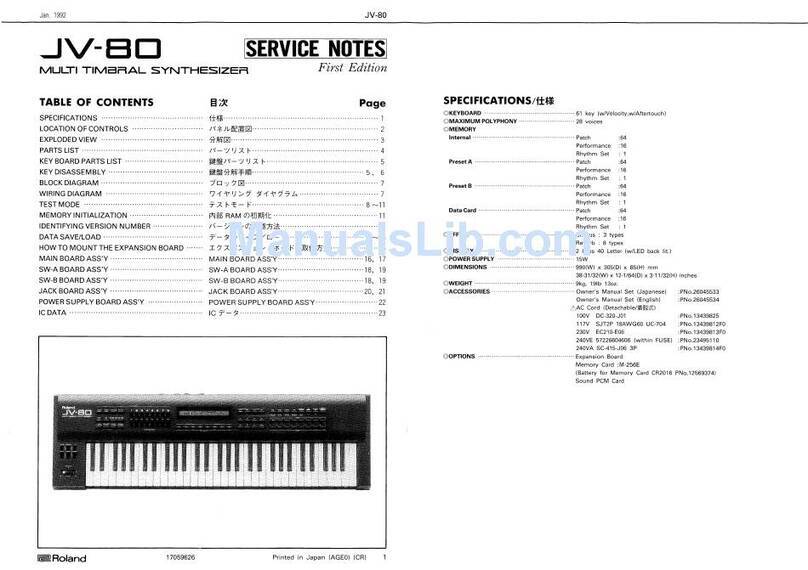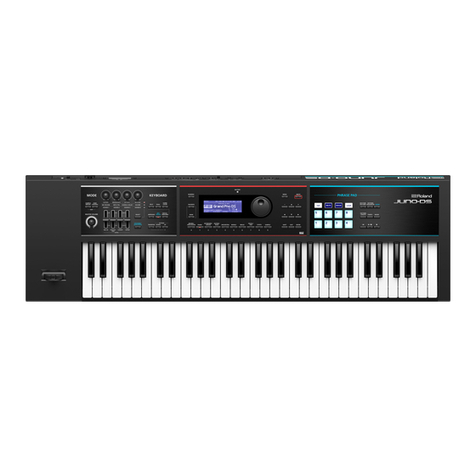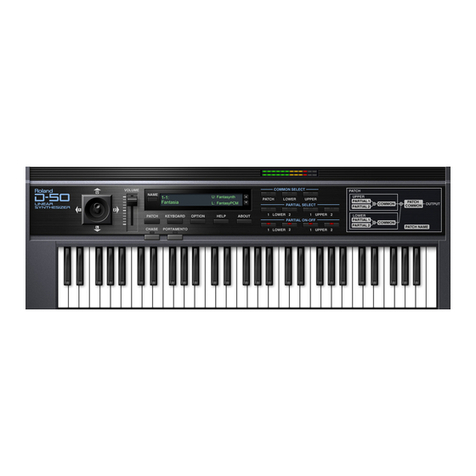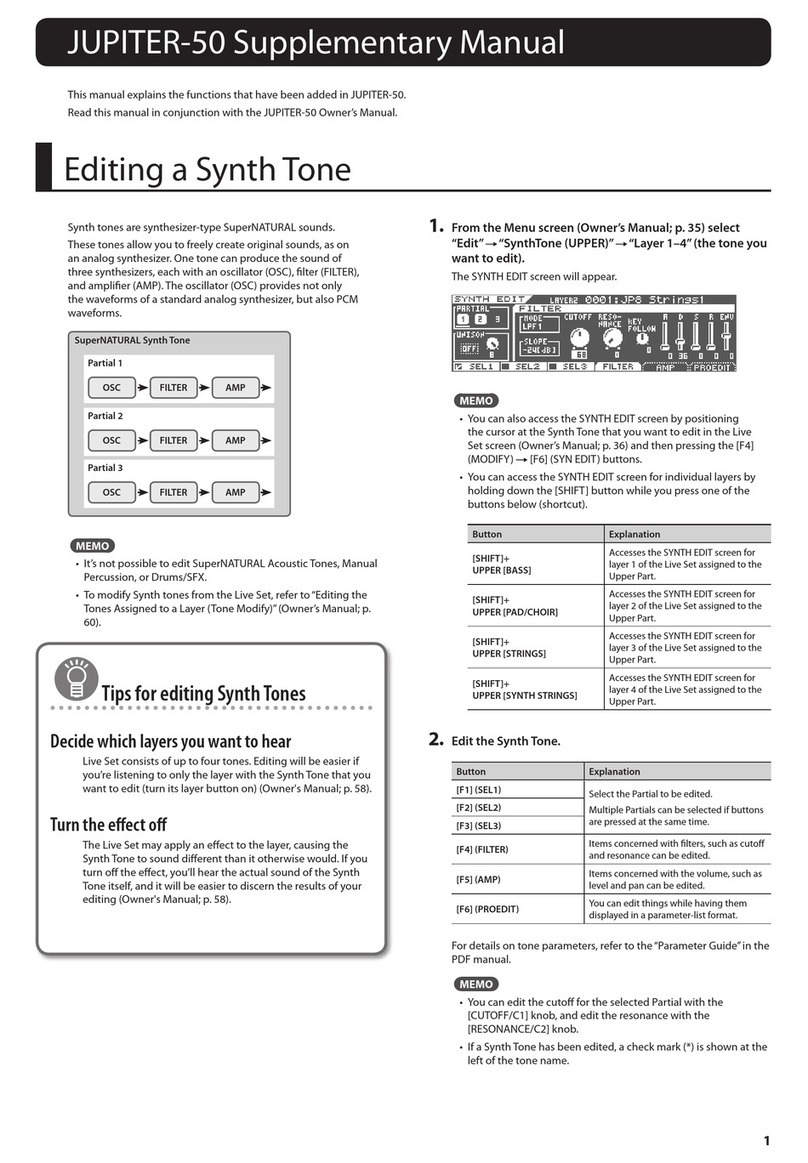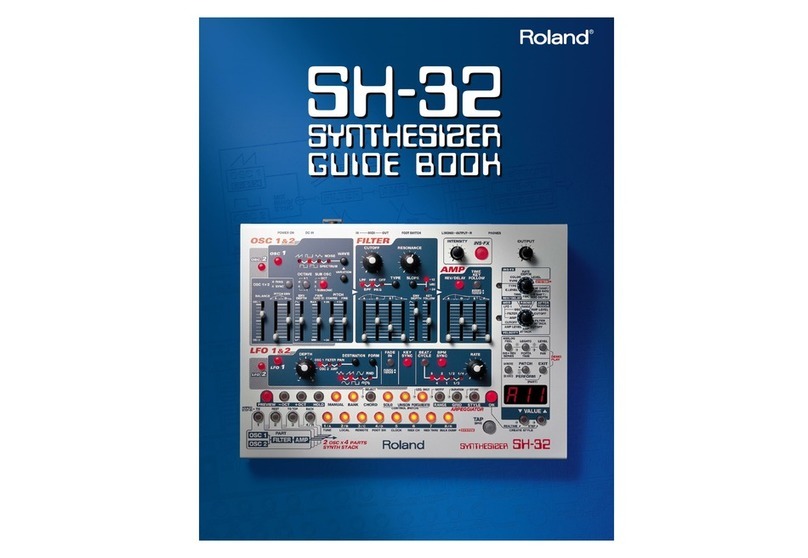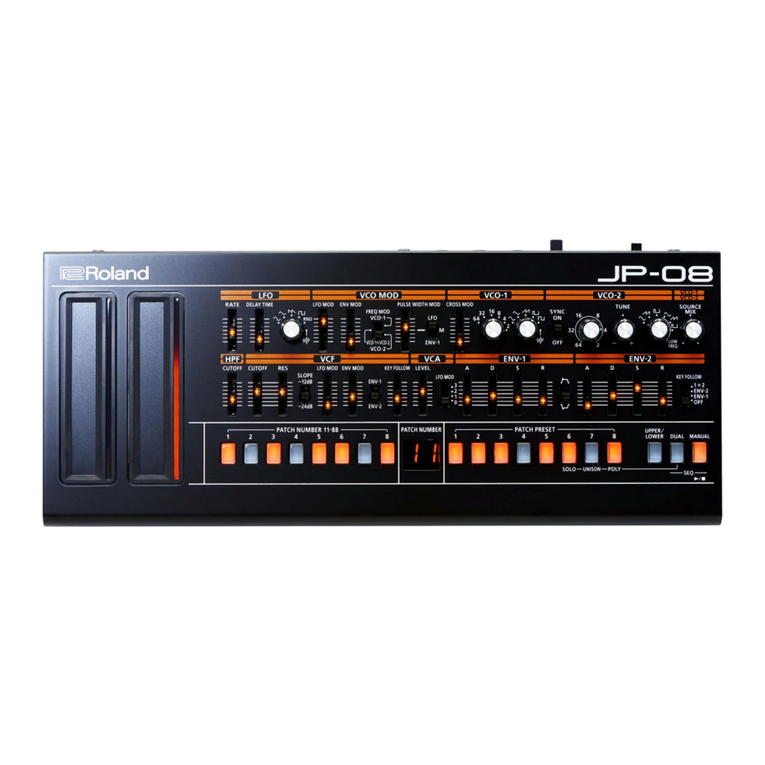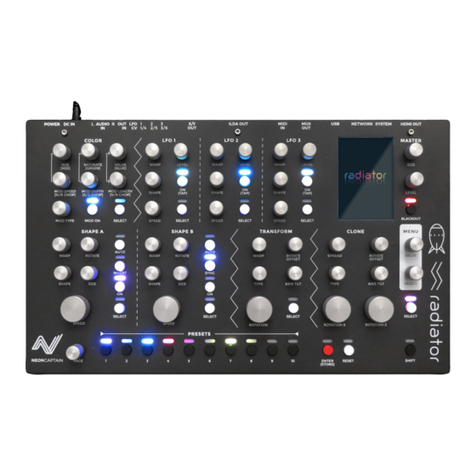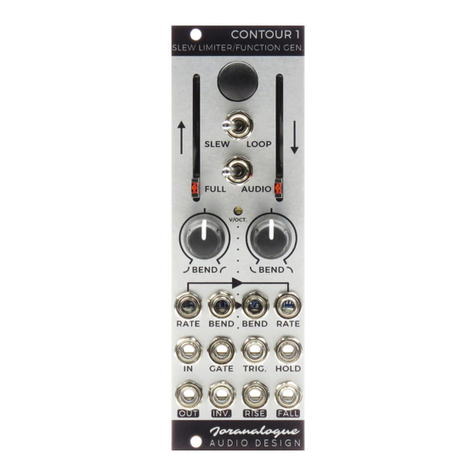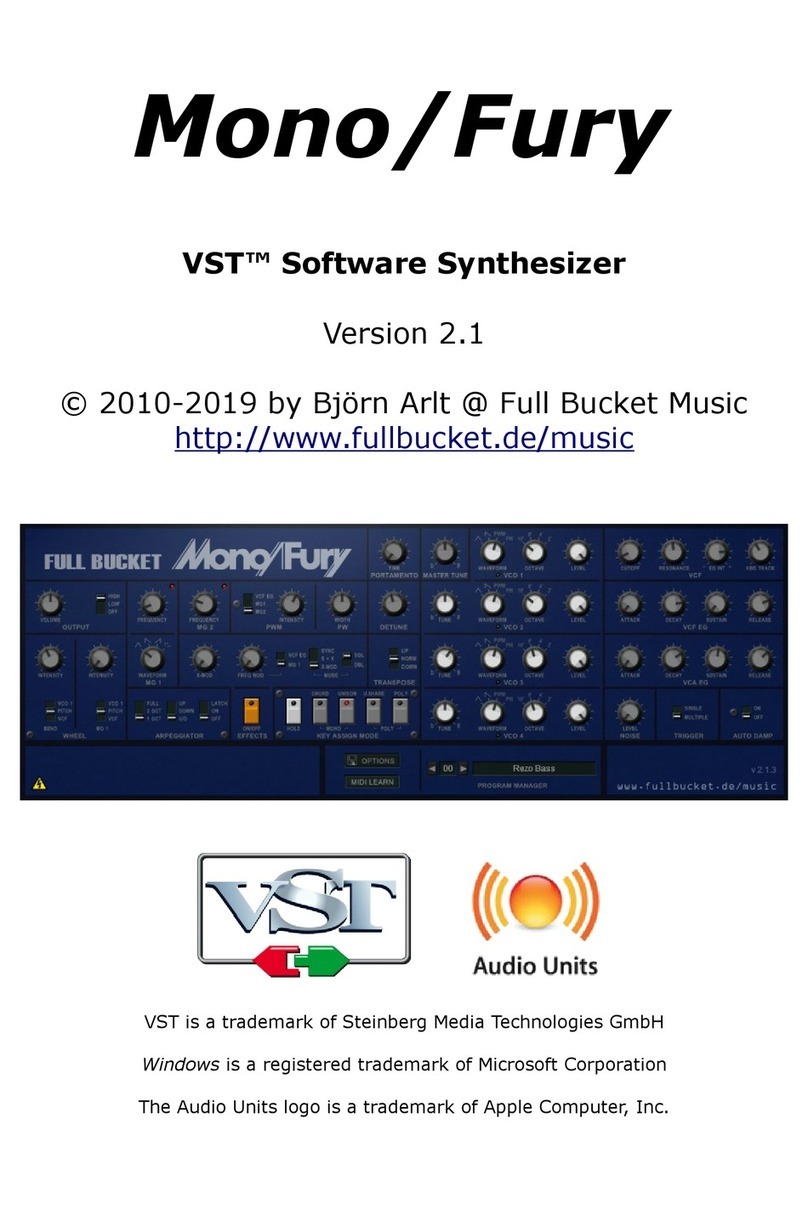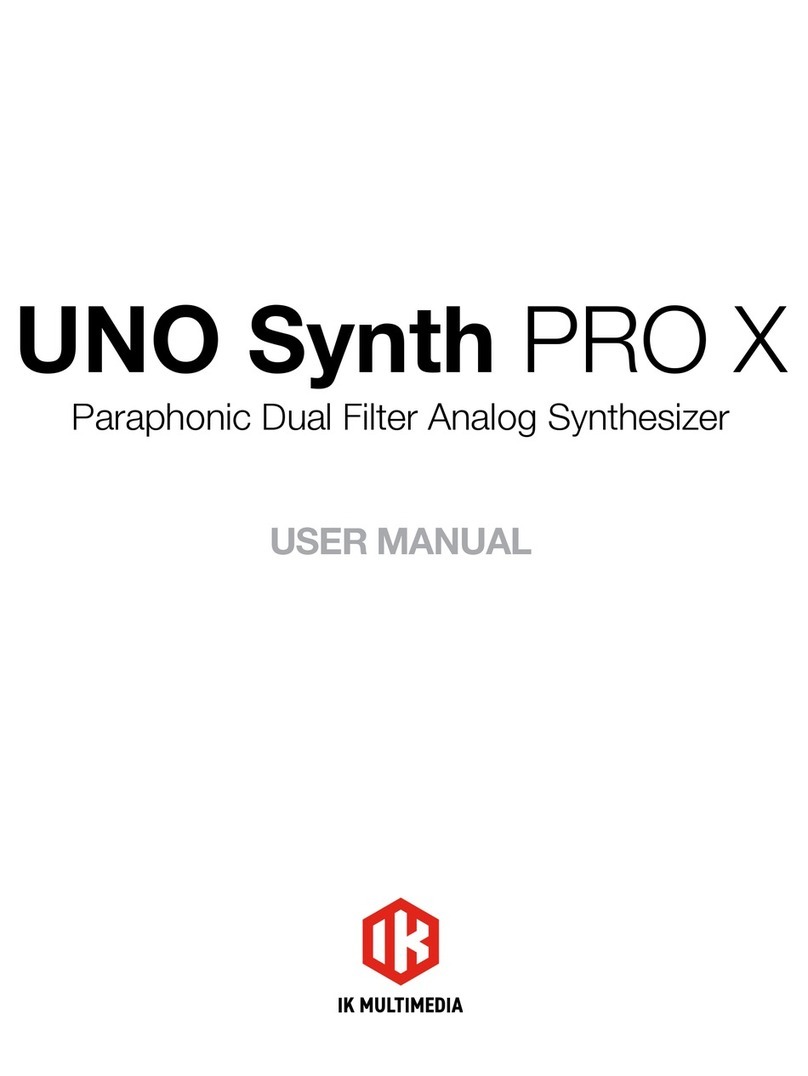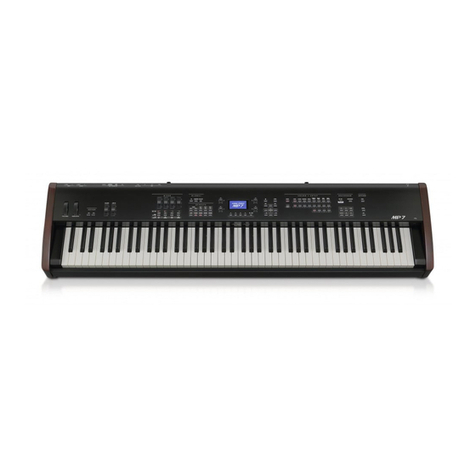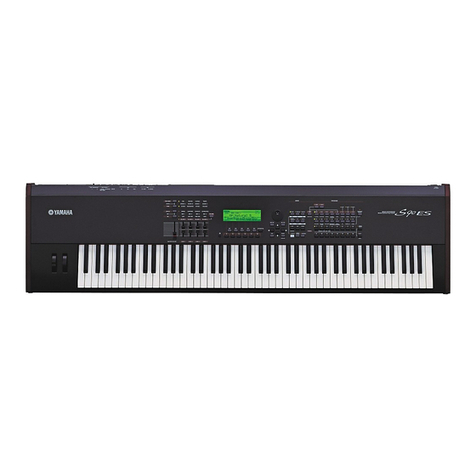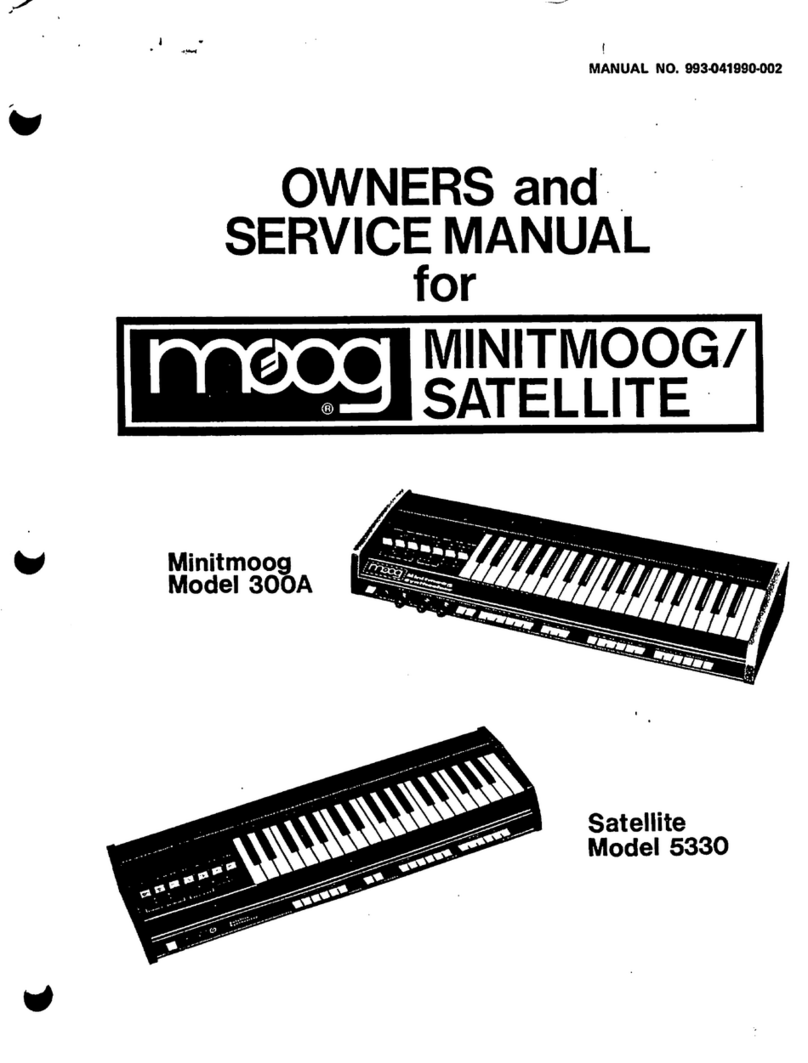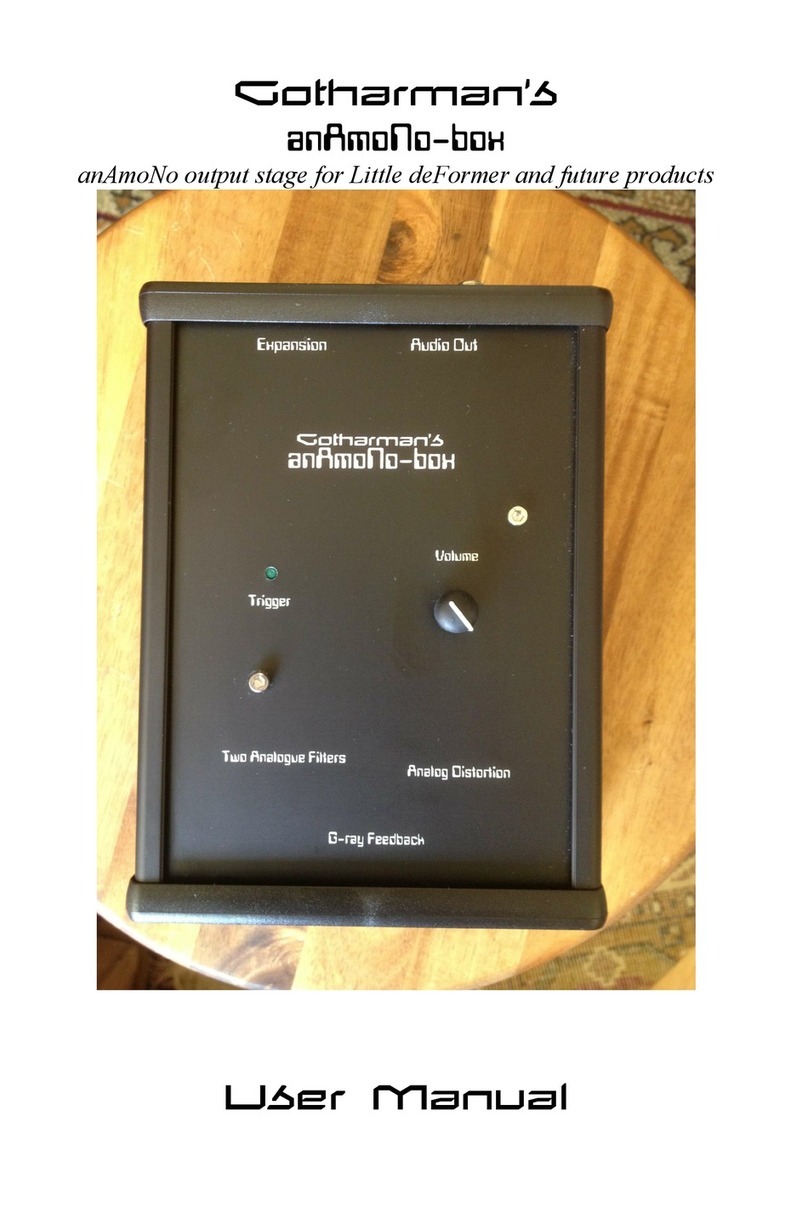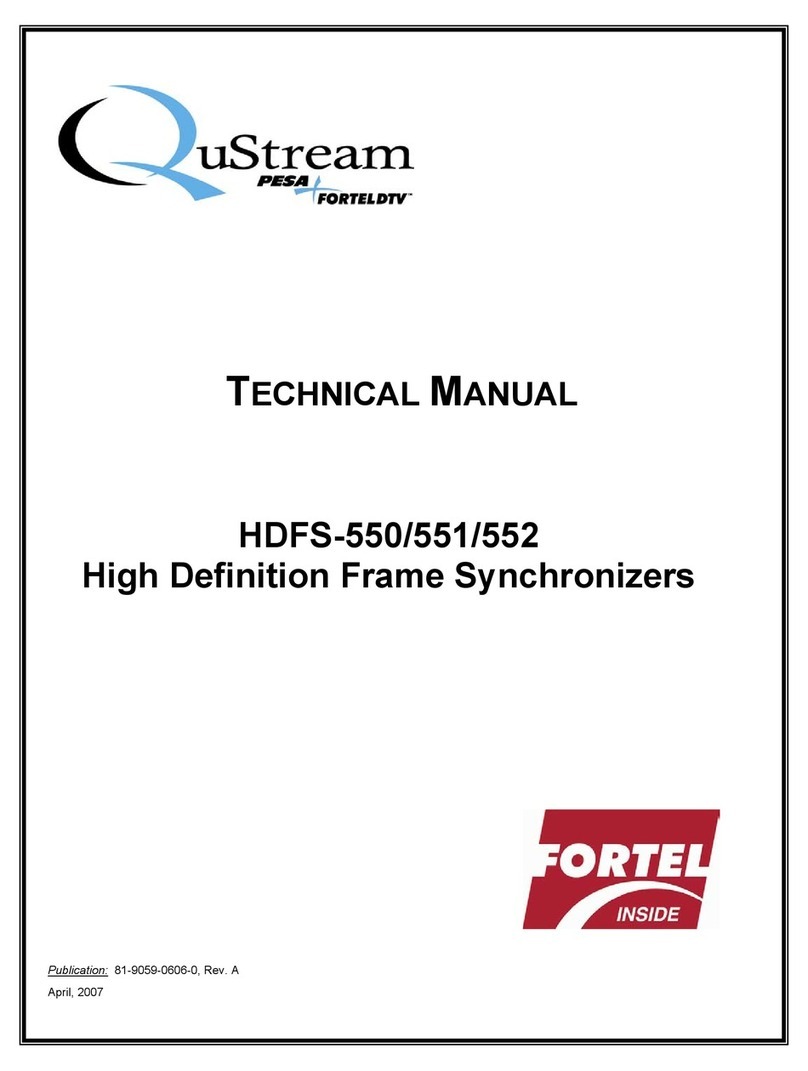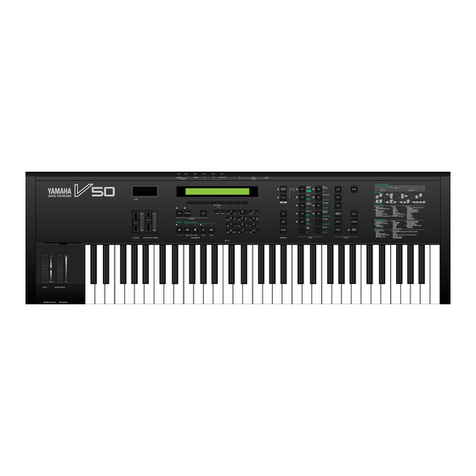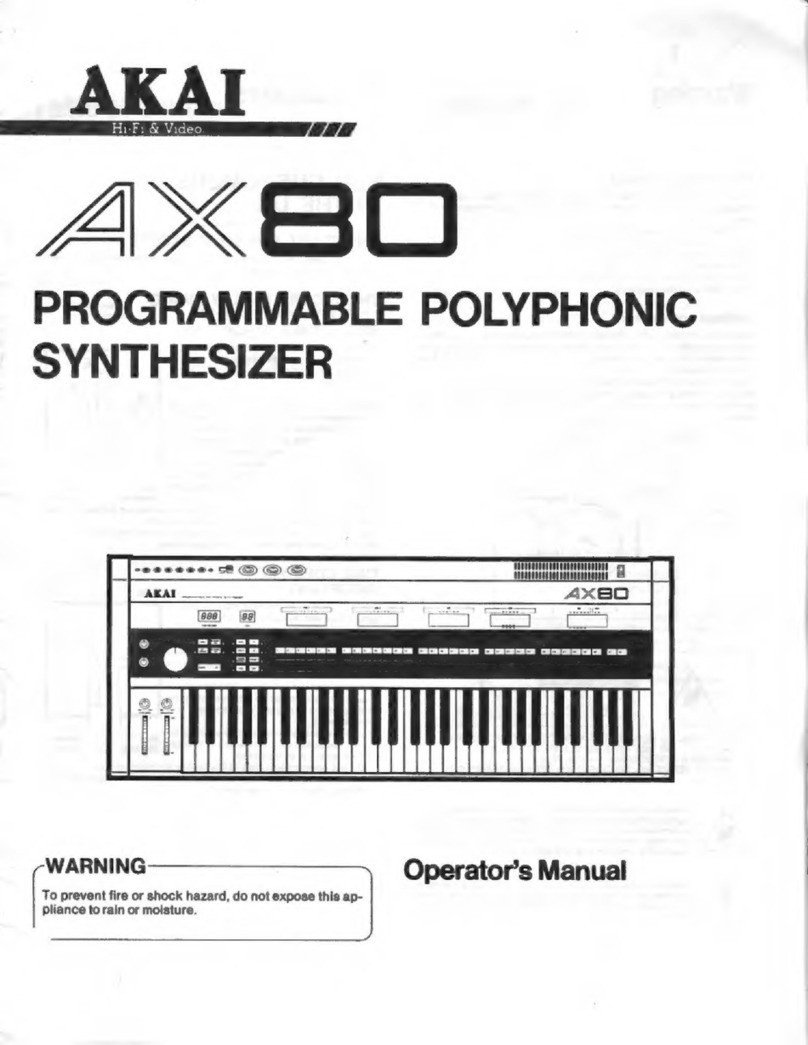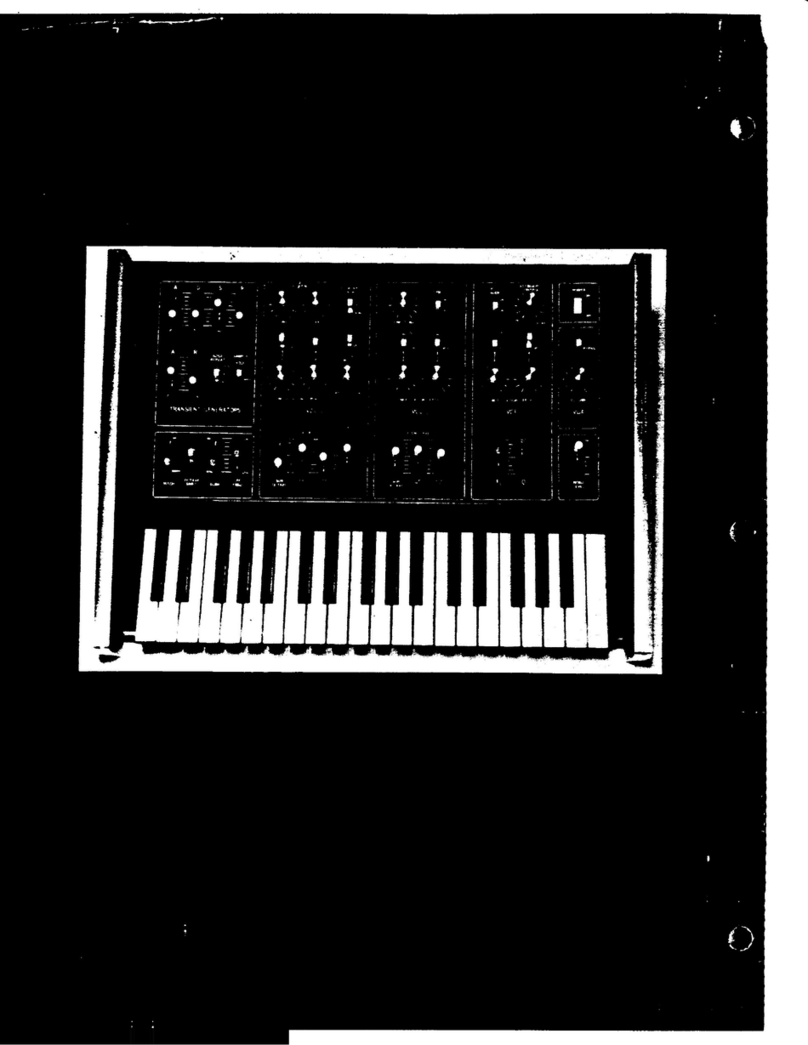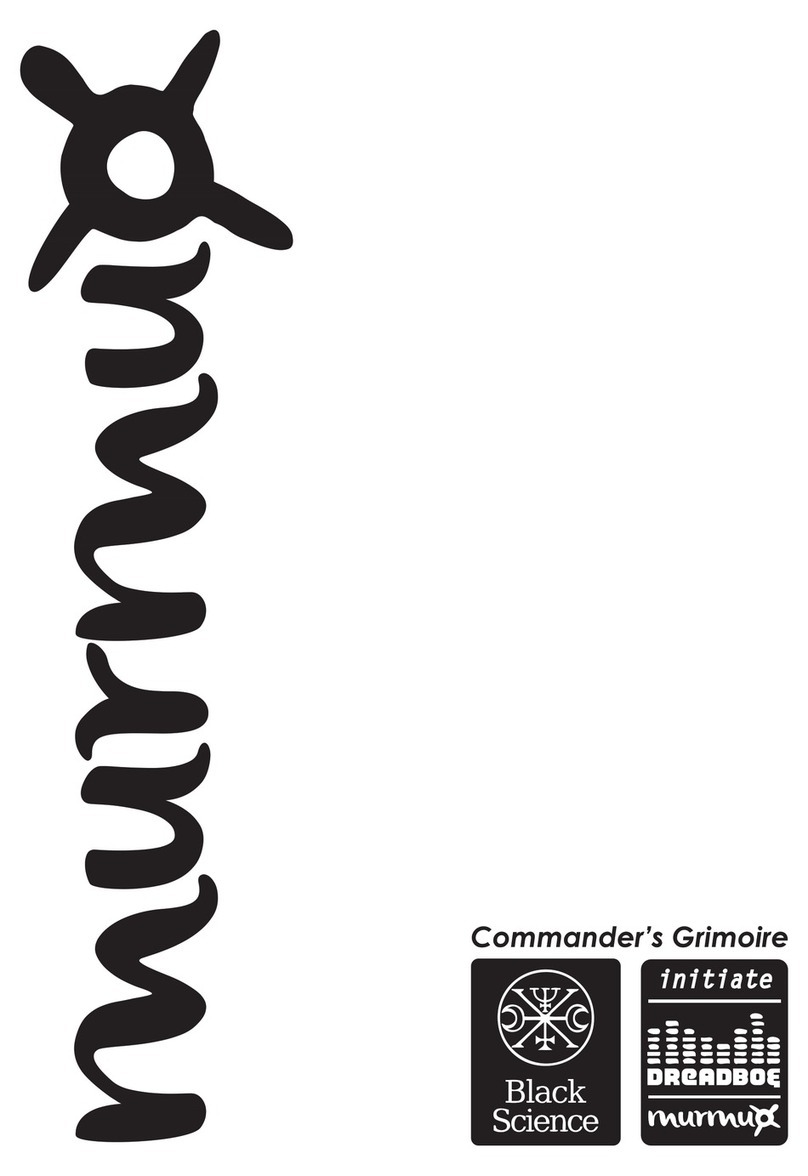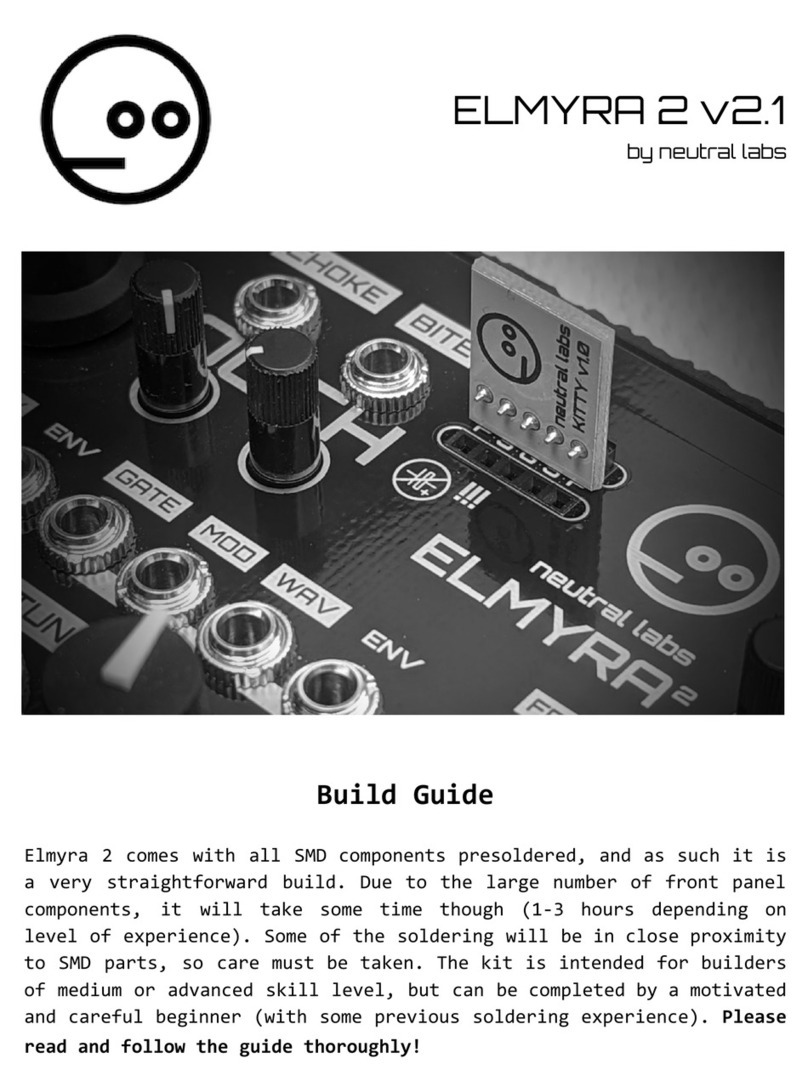ATTENTION:risque oe choc electrique ne pas ouvrir
CAUTION: TO REDUCE THE RISK OF ELECTRIC SHOCK,
DO NOT REMOVE COVER (OR BACK).
NO USER-SERVICEABLE PARTS INSIDE.
REFER SERVICING TO QUALIFIED SERVICE PERSONNEL.
A
A
The lightning flash with arrowheadsymbol, withinan equilateral
triangle, is intended to alert the user to the presence of un-
insulated "dangerous voltage" within the product's enclosure
that may be of sufficient magnitude to constitute arisk of
electric shock to persons.
The exclamation point within an equilateral triangle is intended
to alert the user to the presence of important operating and
maintenance (sen/icing) instructions in the literature accom-
panying the product.
INSTRUCTIONS PERTAINING TO ARISK. OF FIRE. ELECTRIC SHOCK, OR INJURY TO PERSONS.
IMPORTANT SAFETY INSTRUCTIONS
WARNING —When using electric products, basic precautions should always be followed, induding the following:
1
.
Read all the instnjctions before using the product.
2. [>o not use this product near water —for example, near a
bathtub, washtowl. kitchen sink, in awet basement, or near
aswimming pool, or the like.
3. This product should be used only with acart or stand that is
recommended by the manufacturer.
4. This product, either alone or in combination with an amplifier
emd headphones or speakers, may be capable of producing
sound levels that could cause permanent hearing loss. Do
not operate for alOTig period of time at ahigh volume level
or at alevel that is uncomfortable. If you experience any
hearing loss or ringing in the ears, you should consult an
audiologist.
5. The product should be located so that its location or position
does not interfere with its proper ventilation.
6. The productshould be located awayfrom heatsources such as
radiators, heat registers, or other products that produce heat.
7. Avoid using the product where it may t>e affected by
dust.
8. The product should be connected to apower supply only of
the type described in the operating instructions or as marked
on the product.
13.
14.
9. TTie power-supply cord of the product should be unplugged
from the outlet when left unused for along period of time.
10. Do not tread on the power-supply cord.
11. Do not pull the cord but hold the plug when unplugging.
12. When setting up with any other instruments, the procedure
should be followed in accordance with instruction manual.
Care should be taken so that objects do not fall and liquids
are not spilled into the enclosure tiirough openings.
The product should be serwced by qualified service per-
sonnel when:
A. The power-supply cord or the plug has been damaged;
or
B. Objects have fallen, or liquid has been spilled into ttie
product; or
C. The product has been exposed to rain; or
D. The product does not appear to operate normally or
exhibits amarked change in performance; or
E. The product has been dropped, or the endosure dam-
aged.
15. Do not attempt to serwce the product tjeyond that described
in the user-maintenance instructions. M\ other servicing
should be refen-ed to qualified service personnel.
SAVE THESE INSTRUCTIONS
For the U.K.
WARNING: THIS APPARATUS MUST BE EARTHED
IMPORTANT: THE WIRES IN THIS MAINS LEAD ARE COLOURED IN ACCORDANCEWITHTHE FOLLOWING CODE.
GREEN-AND-YELLOW: EARTH, BLUE: NEUTRAL, BROWN: LIVE
As the colours of the vmres in the mains lead of this apparatus may not con-espond with the coloured markings identifying
the terminals in your plug proceed as follows:
The wire which is coloured GREEN-AND-YELLOW must be connected to the terminal in the plug which is marited by
the letter Eor by the safety earth symbol @or coloured GREEN or GREEN-AND-YELLOW.
The wire which is coloured BLUE must be connected to the terminal which is marked with the letter Nor coloured BLACK.
The wire which is coloured BROWN nriust be connected to the terminal which is marked with the letter Lor coloured RED.
The product which is equipped with aTHREE WIRE GROUNDING TYPE AC PLUG must be grounded.
